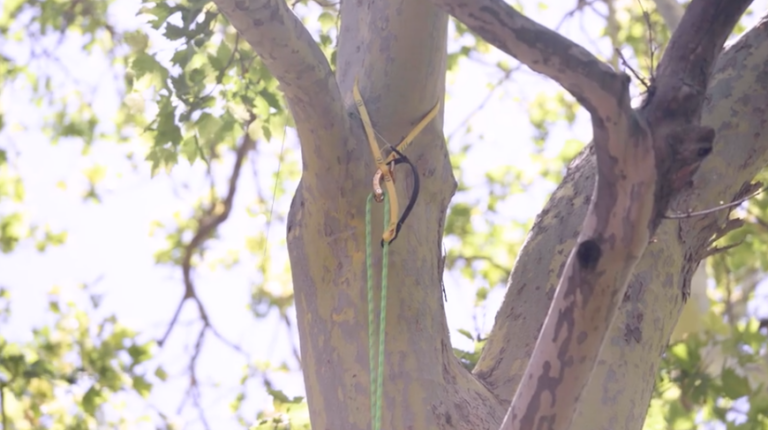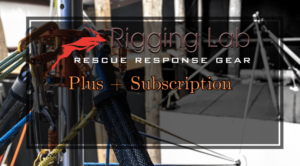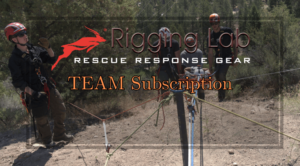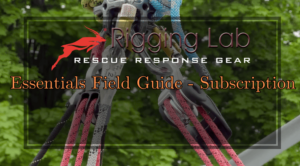Petzl NAJA for a Retrievable Deviation in DdRT (MRS)
In moving efficiently through the canopy using a Doubled Rope Technique (DdRT) or Moving Rope System (MRS), setting up a deviation (redirect) can improve balance, access, and work positioning at critical points. While a basic deviation using a strap and two pulleys is easy to install, it cannot be retrieved from the ground—forcing the climber to return to dismantle it.
By incorporating the Petzl NAJA adjustable friction saver, arborists can create a retrievable deviation that improves movement without sacrificing workflow or safety.
Purpose of the Deviation
A deviation allows the rope path to be adjusted during movement through the canopy:
-
Improves balance at awkward work stations
-
Helps reposition the climber for better leverage
-
Increases movement efficiency through the crown
To maintain proper efficiency in a DdRT system, the deflection must capture both rope strands, ideally using a pulley on each strand. This ensures minimal friction and full range of motion.
Why Use a Retrievable Deviation?
Standard redirect systems require manual takedown. But using the NAJA, climbers can install a fully retrievable deviation:
-
No need to return to the redirect point
-
Saves time and effort on complex climbs
-
Avoids multiple transitions in the canopy
This setup combines a friction-saving pulley system with a retrievable sling, offering both efficiency and convenience.
Installation Notes
-
Use a long NAJA strap if you need to wrap around the trunk twice or span larger limbs.
-
To ensure the entire system is retrievable, attach the end of the rope to a second MINO carabiner, clipped to the end of the NAJA’s retrieval strap.
-
Do not attach the MINO to the mid-slot of the strap—this may cause the NAJA to tilt during retrieval, making removal difficult or impossible from the ground.
-
-
The retrieval process should be practiced on the ground or with a backup system before attempting it unsupervised in a real canopy setting.
Critical Safety Warning
WARNING: The arborist must detach from the working rope before attempting to retrieve the deviation.
If the NAJA retrievable deviation was set up incorrectly—or if retrieval fails—the climber may end up stranded in the canopy without rope access. This makes a backup escape system absolutely essential when using this technique in the field.
Training, supervision, and rehearsal of this system are mandatory before applying it operationally.
Installation Sequence
(Based on visual reference 1–7)
-
Pass the NAJA strap over the intended deviation limb
-
Choose the appropriate slot for the frame, securing the friction saver
-
Install one pulley on each rope strand passing through the deviation
-
Tie and secure the rope end as described above
-
Test tension and alignment before proceeding
-
Ensure retrieval components are configured properly
-
Begin work, keeping awareness of system orientation
Retrieval Sequence
(Based on visual reference 1–4)
-
Untie or disconnect the climbing system
-
Pull from the correct side of the rope to access the MINO and retrieval strap
-
Allow the retrieval ball or stopper to travel through the pulley
-
Maintain smooth tension and guidance using a throw line if needed
Best Practices
-
Practice on the ground first before applying this method in the canopy
-
Always keep a backup system or escape line in place
-
Inspect pulley angles, attachment points, and rope flow before loading the system
-
Review Petzl’s official Instructions for Use in full before deployment
Recommended Gear
Peace on your Days
Lance










